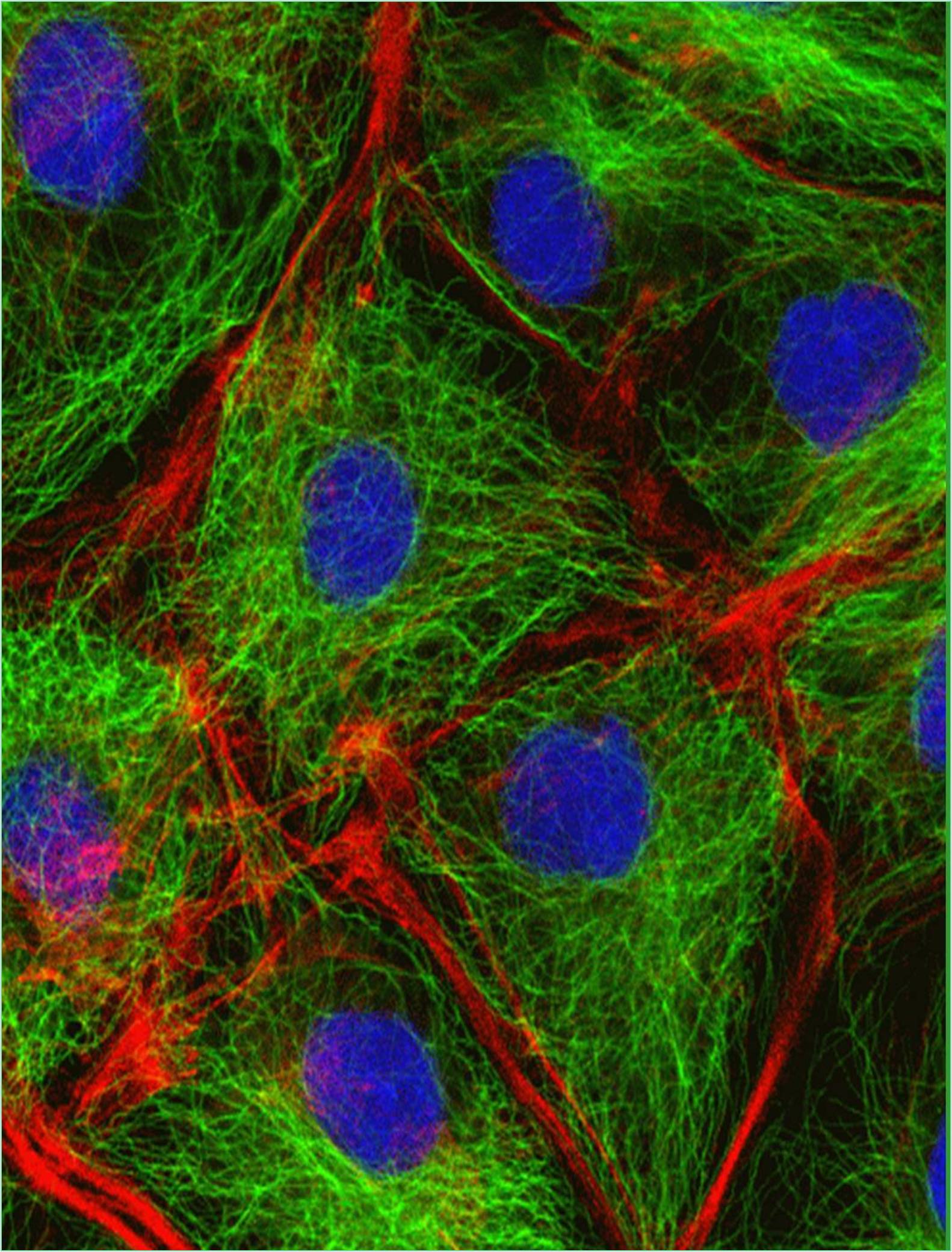



Received: 02-Feb-2022, Manuscript No. GJCMB-22-65811; Editor assigned: 04-Feb-2022, Pre QC No. GJCMB-22-65811 (PQ); Reviewed: 18-Feb-2022, QC No. GJCMB -22-65811; Revised: 25-Feb-2022, Manuscript No. GJCMB-22-65811 (R); Published: 04-Mar-2022, DOI: 10.15651/gjcmb.22.10.004
Glycolysis is a series of reactions that extract energy from glucose by breaking down glucose into two threecarbon molecules called pyruvic acid. Glycolysis is an ancient metabolic pathway, meaning that it evolved long ago and is found in the majority of living organisms today. In organisms involved in cellular respiration, glycolysis is the first step in this process. However, glycolysis does not require oxygen and many anaerobic organisms (organisms that do not use oxygen) also have this route.
Energy Requiring Phase
At this stage, the starting molecule glucose is rearranged and the two phosphate groups are attached. The phosphate group destabilizes the modified sugar (now called fructose-1, 6-bisphosphate) and divides it in half to form two 3-carbon phosphate-containing sugars. The phosphates used in these steps are derived from ATP, two ATP molecules are used.
The tricarbonate sugars formed when unstable sugars are broken down are different from each other. Only one of the glyceraldehyde 3 phosphates can enter the next step. However, the adverse sugar DHAP can easily be converted to the advantageous sugar, so eventually both terminate the metabolic pathway.
Energy Release Phase
At this stage, each tri carbonate is converted to another tri carbonate, pyruvic acid, through a series of reactions. These reactions produce two ATP molecules and one NADH molecule. Since this stage occurs twice, a total of four ATPs and two NADHs are produced, once for each of the two tri carbonic sugars.
Energy Requiring Phase
Step 1: The phosphate group moves from ATP to glucose to produce glucose-6-phosphate in the presence of an enzyme Hexokinase. Glucose-6-phosphate is more reactive than glucose.
Step 2: Glucose-6-phosphate is converted to its isomer, fructose-6-phosphate in the presence of an enzyme phosphogluco isomerase.
Step 3: A phosphate group is converted from ATP to fructose-6-phosphate, yielding fructose 1, 6 bisphosphate. This step is catalyzed by the enzyme phosphofructokinase, which can be tuned to speed up or slow down glycolysis.
Step 4: Fructose1, 6 bisphosphate dissociates to form two three-carbon sugars, dihydroxyacetone phosphate (DHAP) and glyceraldehyde3phosphate in the presence of an enzyme fructose bisphosphate aldolase. They are isomers of each other, but only one, glyceraldehyde-3- phosphate, can continue directly through further glycolysis steps.
Step 5: DHAP is converted to glyceraldehyde-3- phosphate in the presence of an enzyme triose phosphate isomerase. The two molecules exist in equilibrium, but the equilibrium is strongly pulled downwards, because glyceraldehyde-3-phosphate is consumed. Thus, all DHAP is eventually converted.
Energy Releasing Phase
Step 6: Two half reactions occur simultaneously: 1) glycerolaldehyde-3-phosphate (one of the three carbon sugars formed in the first step) is oxidized and 2) NAD+ is reduced to NADH and H+. The overall response is exertion, releasing energy that is then used to phosphorylate the molecule, forming 1, 3bisphosphoglycerate.
Step 7: 1, 3bisphosphoglycerate donates one of its phosphate groups to ADP, creating an ATP molecule and converting it to 3-phosphoglycerate in the process with the help of an enzyme phosphoglycerate kinase.
Step 8: 3-phosphoglyscolate is converted into an isomer in the presence of an Enzyme phosphoglycerate mutase, 2-phosphoglycerate.
Step 9: 2-phosphoglycerate take a water molecule, become Phospho enol pyruvate (PEP) in the presence of an enzyme Enolase. Pep is an unstable molecule, about to lose the phosphate group at the end of Glycolysis.
Step 10: PEP easily provides from the phosphate group into ADP, creating a second ATP molecule. When it loses phosphates, PEP is converted to Pyruvate in the presence of an enzyme pyruvate kinase, the final product of glycolysis.
At the end of glycolysis, we are left with two ATP molecules, two NADH molecules and two pyruvate molecules. If oxygen is present, pyruvate can be broken down (oxidized) into carbon dioxide during cellular respiration, producing more ATP molecules.